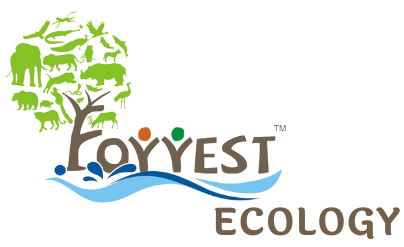Madhuca longifolia
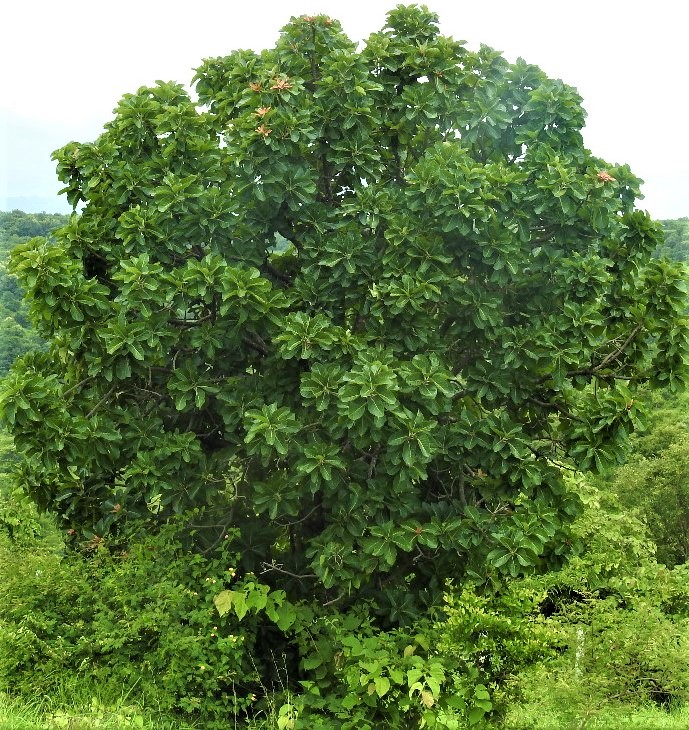
Botanical name– Madhuca longifoliaCommon Name -Mahua Habit Deciduous tree Large Moderate growth Specific Properties Drought resistant Preferred for soil regeneration and habitat restoration Ecology Sloth bear, Elephants, Macaques, Deer, Giant squirrels, birds, bats feed on Mahua Large sized trees are preferred nesting sites for large birds like hornbill, owls etc Uses Vital socio-economic role for […]
Trema orientalis
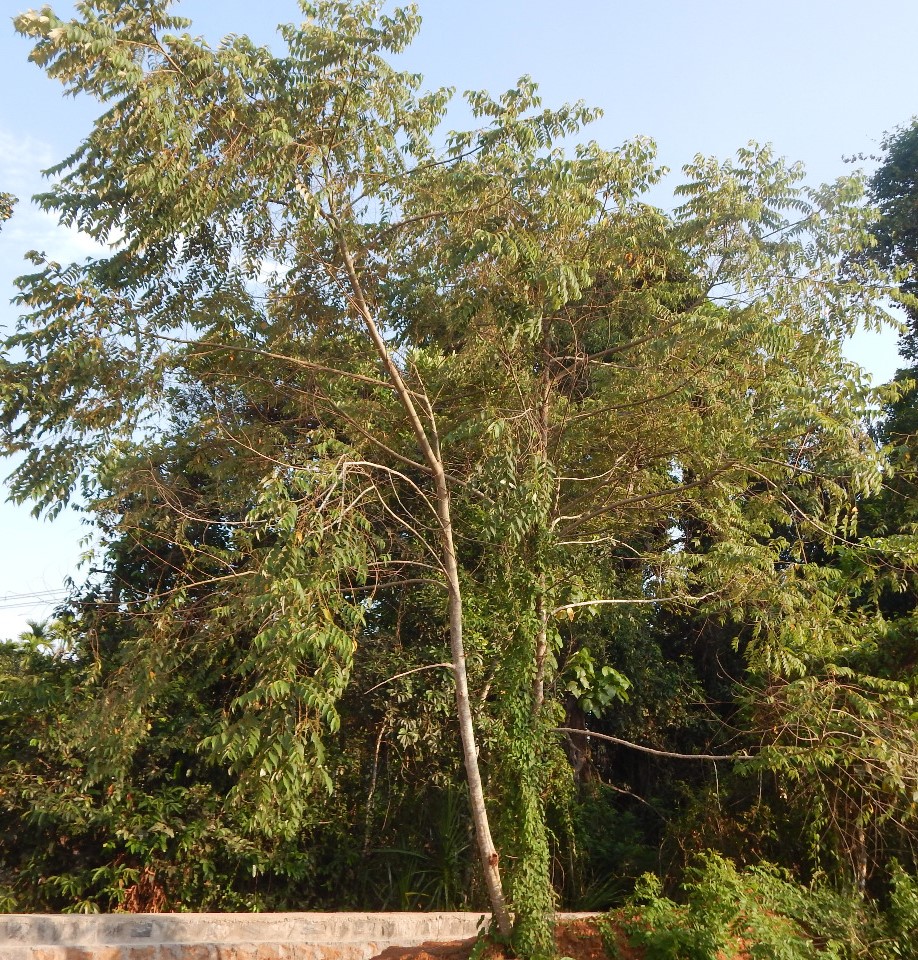
Common Name – Indian Charcoal Tree Botanical name- Trema orientalis Habit- Evergreen or deciduous Medium-sized Fast-growing Specific properties Pioneer species Preferred for soil reclamation, habitat restoration Drought tolerant Nitrogen fixing tree Ecology Larval host plant for Painted Courtesan and Slate Flash Butterflies Known as Pigeon wood, preferred by pigeons for nesting and roosting Birds, rodents, […]
Saraca asoca
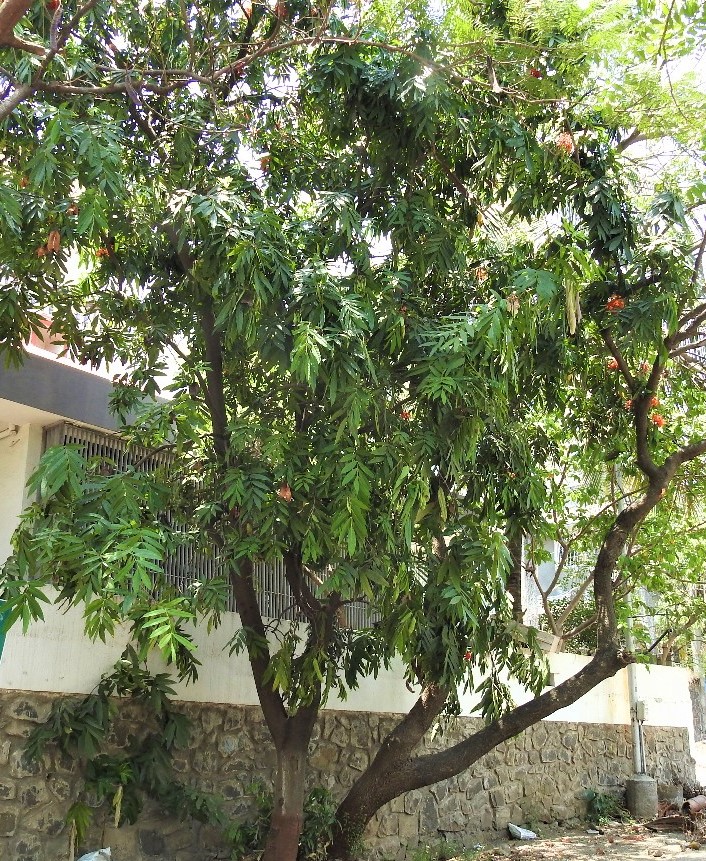
Botanical name–Saraca asoca Common Name– Sita Asoka Tree Habit Evergreen Small tree Slow growing Specific Properties Vulnerable as per IUCN Red List Due to destructive harvesting from natural habitats, it is extremely rare in wild state Ecology Macaques, squirrels feed on seeds Larval host plant for- Plains Cupid, Common Ciliate Blue, Common Cerulean butterflies Attracts […]
Terminalia arjuna
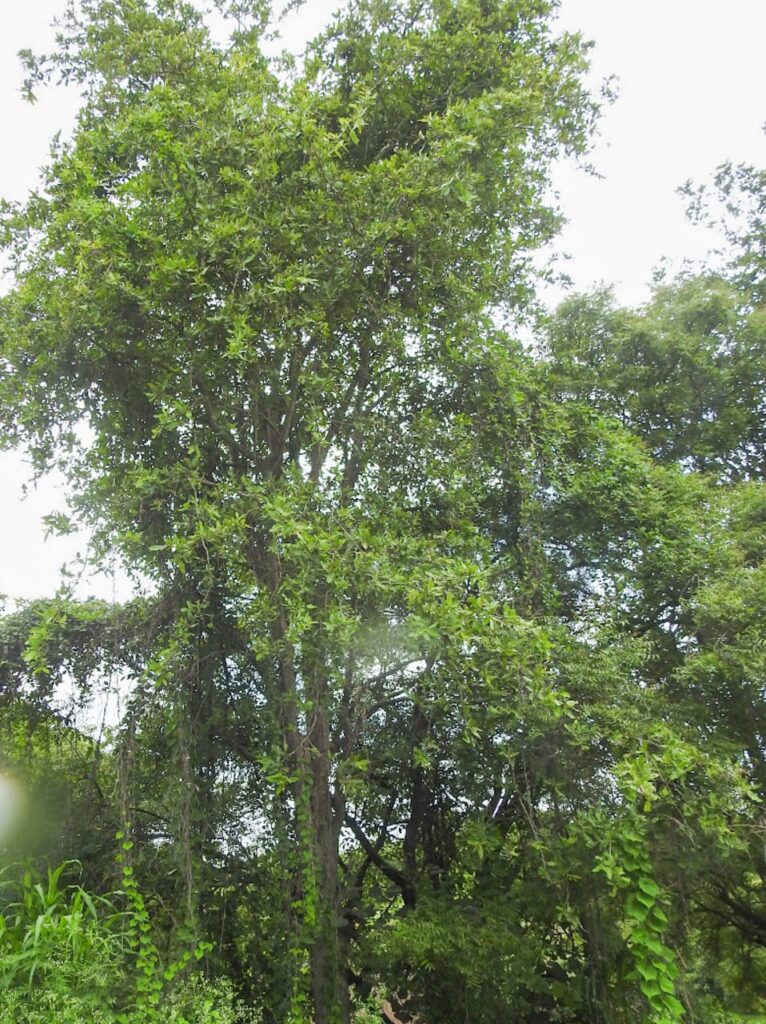
Terminalia arjuna Botanical name-Terminalia arjuna Common Name– Arjuna Habit Evergreen Tree Large Slow growing Specific Properties Grows near riverbanks or dry riverbeds One of the crucial members of riparian forests Withstands waterlogging Ecology Nectar and pollen for birds, bees and butterflies. Larval host plant for Common Tinsel ( Catapaecilma major) butterfly Provides habitat to birds, […]
Tectona grandis
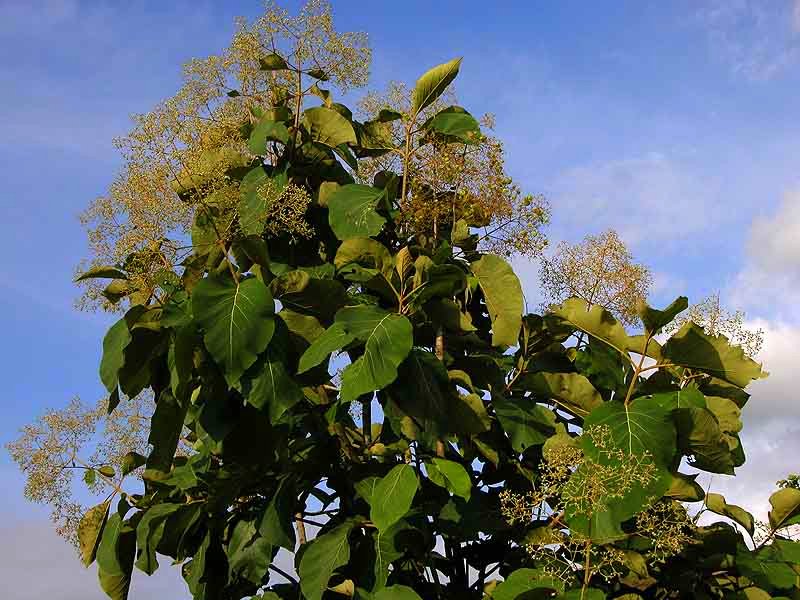
Botanical name– Tectona grandis Common Name– Teak / Saagwan Habit Deciduous Tree Large Fast growing Specific Properties Pioneer species Ecology Preferred by insectivorous birds as feeding substrate as teak supports high insect diversity of ants, termites, caterpillars, flies, bees, wasps, moths etc Nectar plant for -Indian Jezebel, Blue Tiger, Angled Pierrot, Common Pierrot butterflies Food […]
Cassia fistula
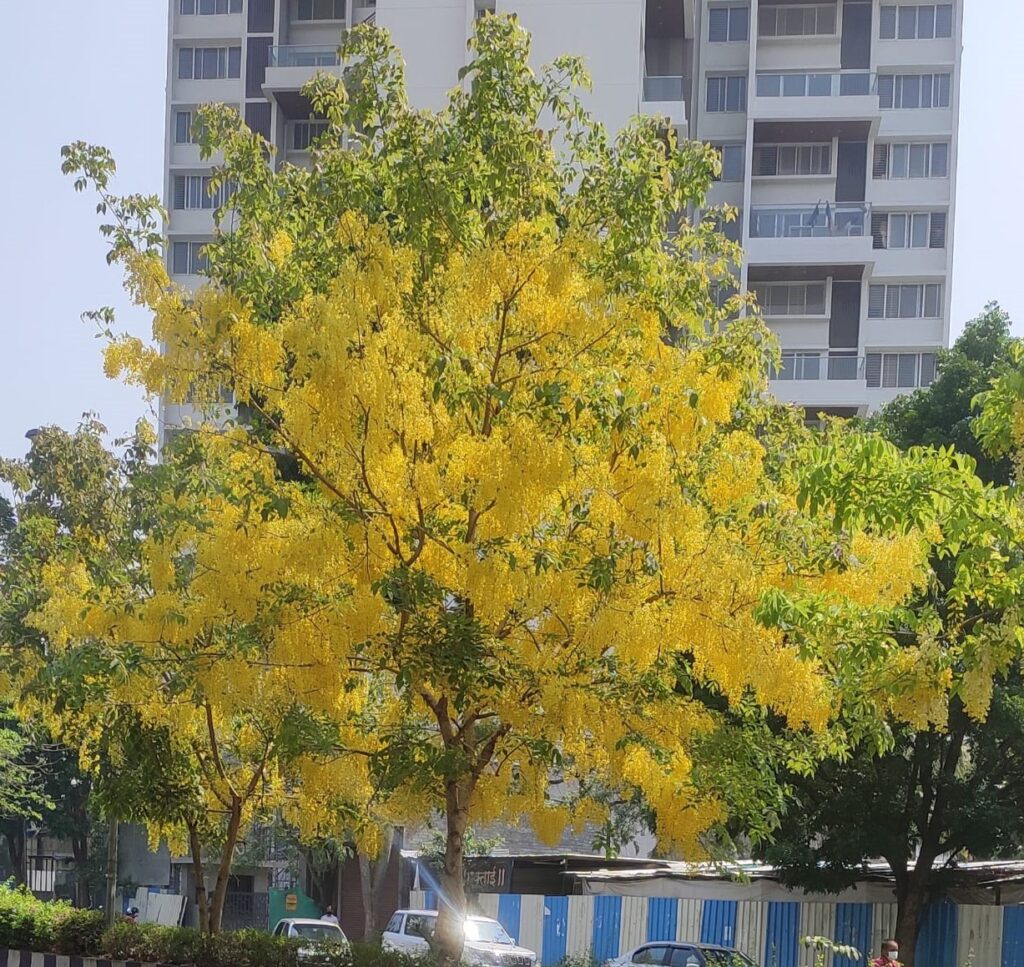
Botanical name–Cassia fistula Common Name– Golden shower tree Habit Deciduous Small tree Moderate growth Specific Properties Pioneer species Effective in land restoration Grown up trees are drought resistant Ecology Pods are relished by sloth bear, porcupines. Larval host plant for- Mottled Emigrant, Indian Common Silverline, Common Emigrant and Oriental Common Grass Yellow butterflies Nectar and […]
Dillenia indica
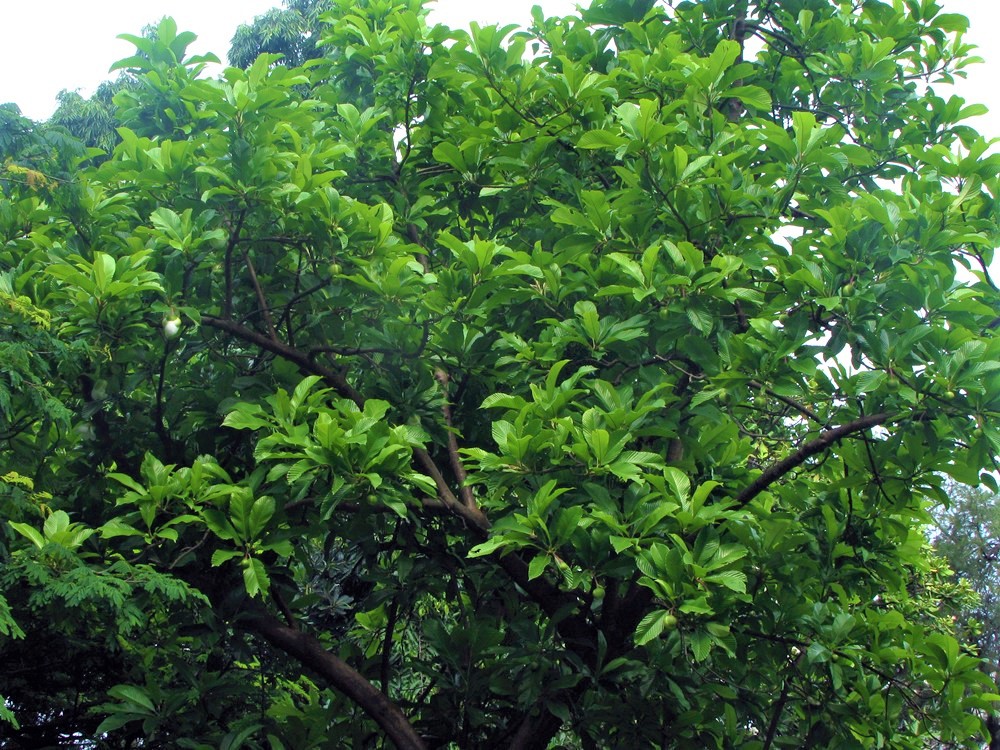
Botanical name–Dillenia indica Common Name– Elephant Apple Habit Evergreen Small tree Fast growing Specific Properties Distribution in valleys and near rivers, streams Ecology Macaques, rodents, squirrels. large mammals feed on fruit Elephants cherish it, main food source for the wild elephants Nectar and pollen for bees, beetles and flies Uses Fruit is used to prepare […]
Mitragyna parvifolia
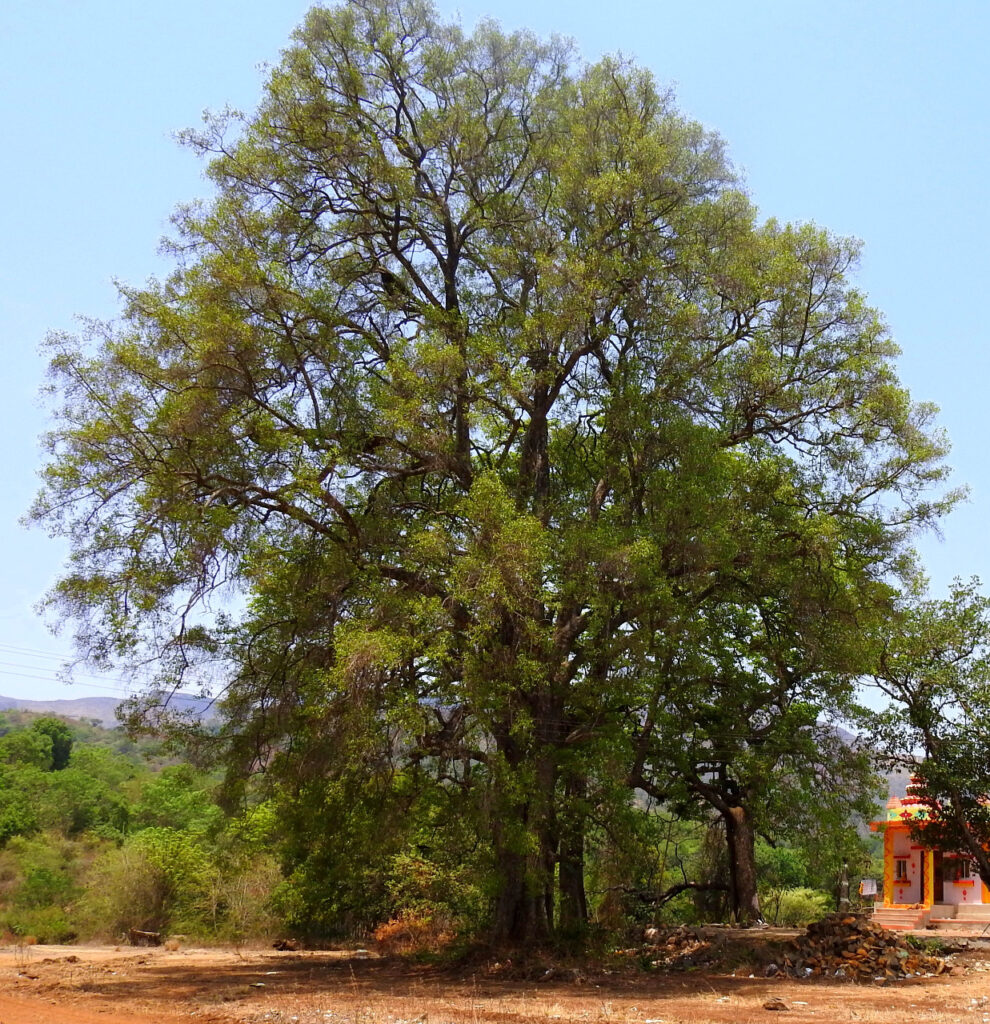
Botanical name– Mitragyna parvifolia Common Name – Kaim Habit- Deciduous Large tree Specific properties Grows in vicinity of rivers and streams Ecology Birds, bees, butterflies. moths, flies feed on flower nectar Food plant for Commander (Moduza procris) butterfly Uses Leaves alleviate pain and swelling, speed up healing of wounds and ulcers, jaundice treatment Bark […]
Neolamarckia cadamba
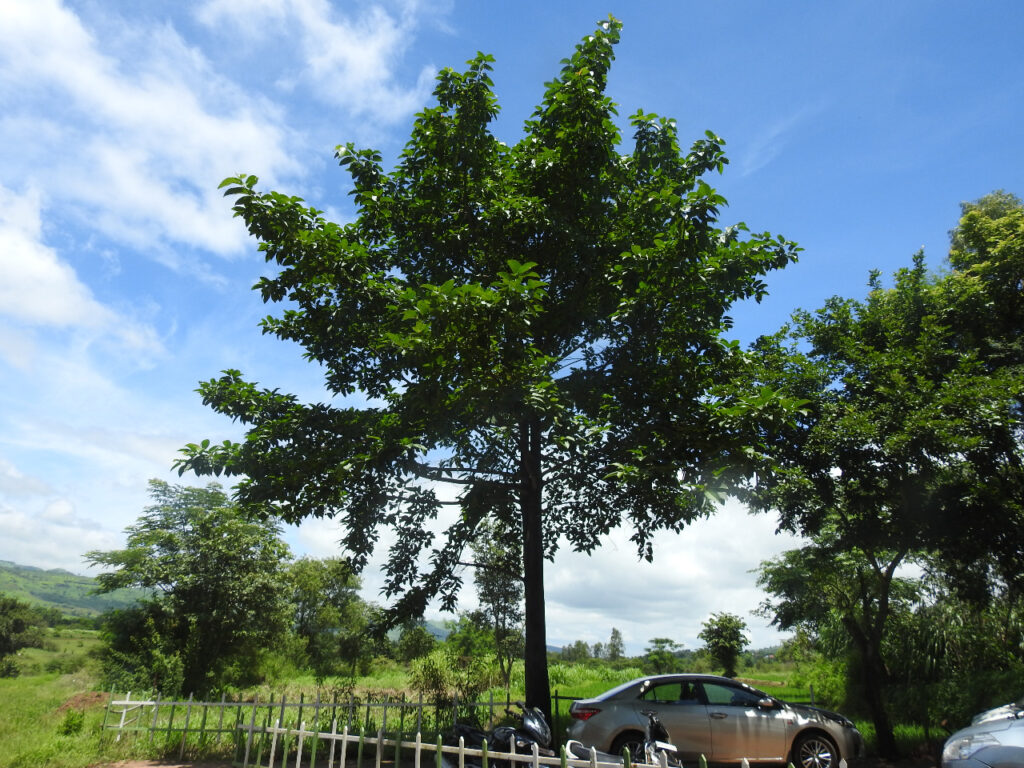
Botanical name – Neolamarckia cadamba Common Name – Kadamb Habit- Evergreen Medium-sized Fast-growing Specific properties Preferred for soil reclamation Ecology Birds, bees, insects feed on flower nectar Fruits are relished by monkeys, bats, mammals and birds Larval host plant for Commander butterflies Uses Flowers are used in perfumes. Paper making Leaves as fodder Root […]
